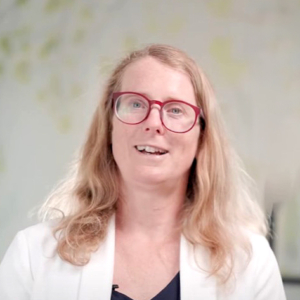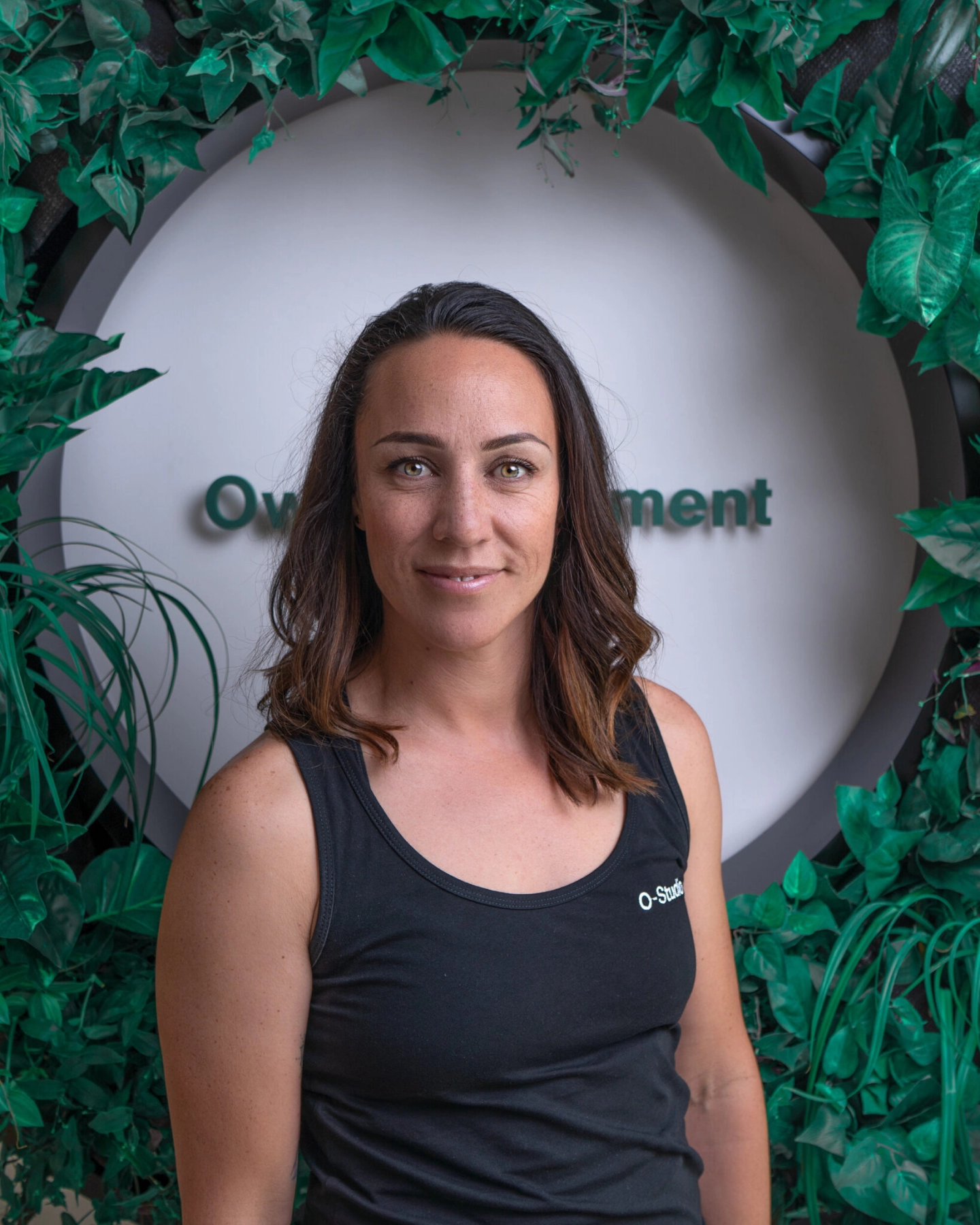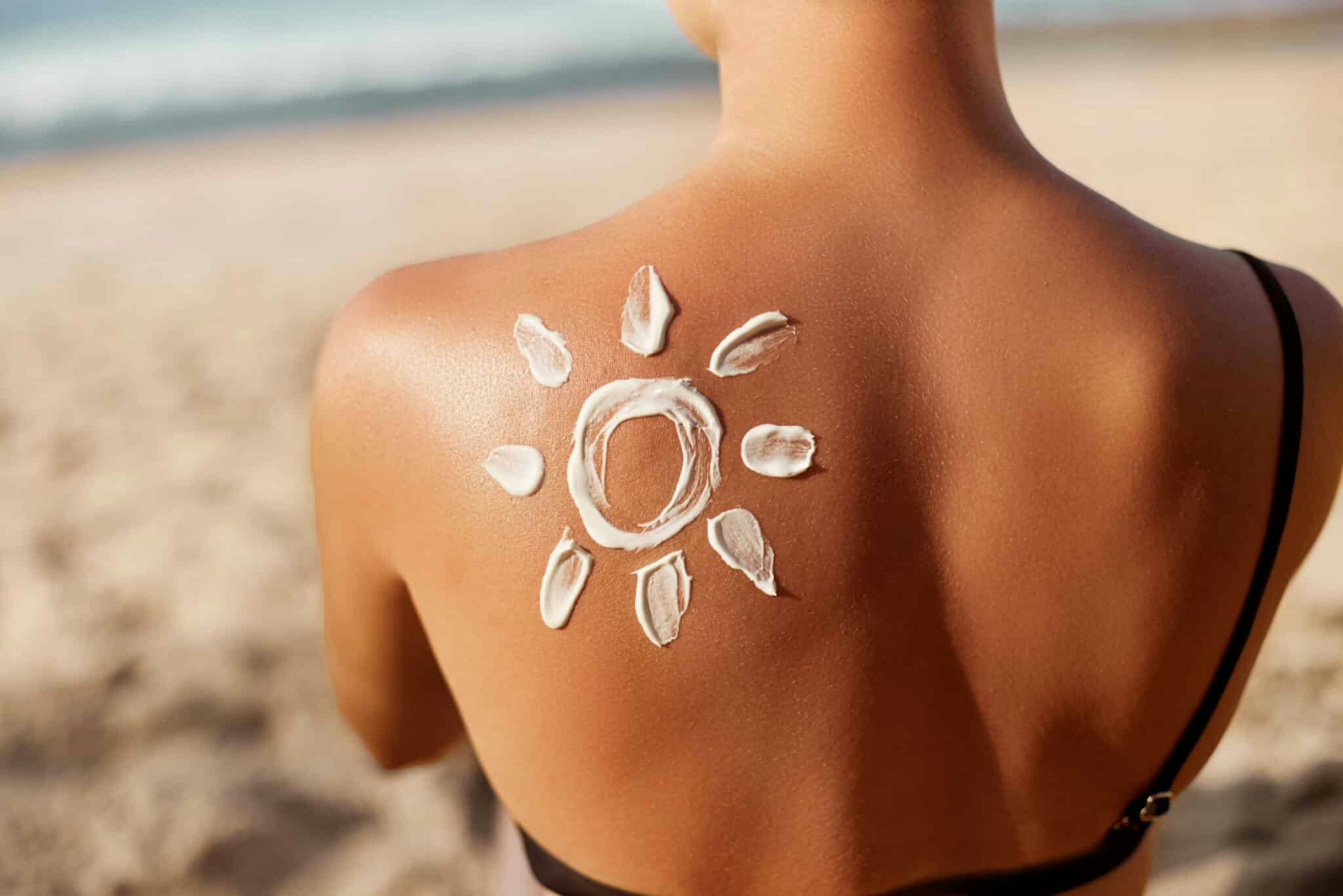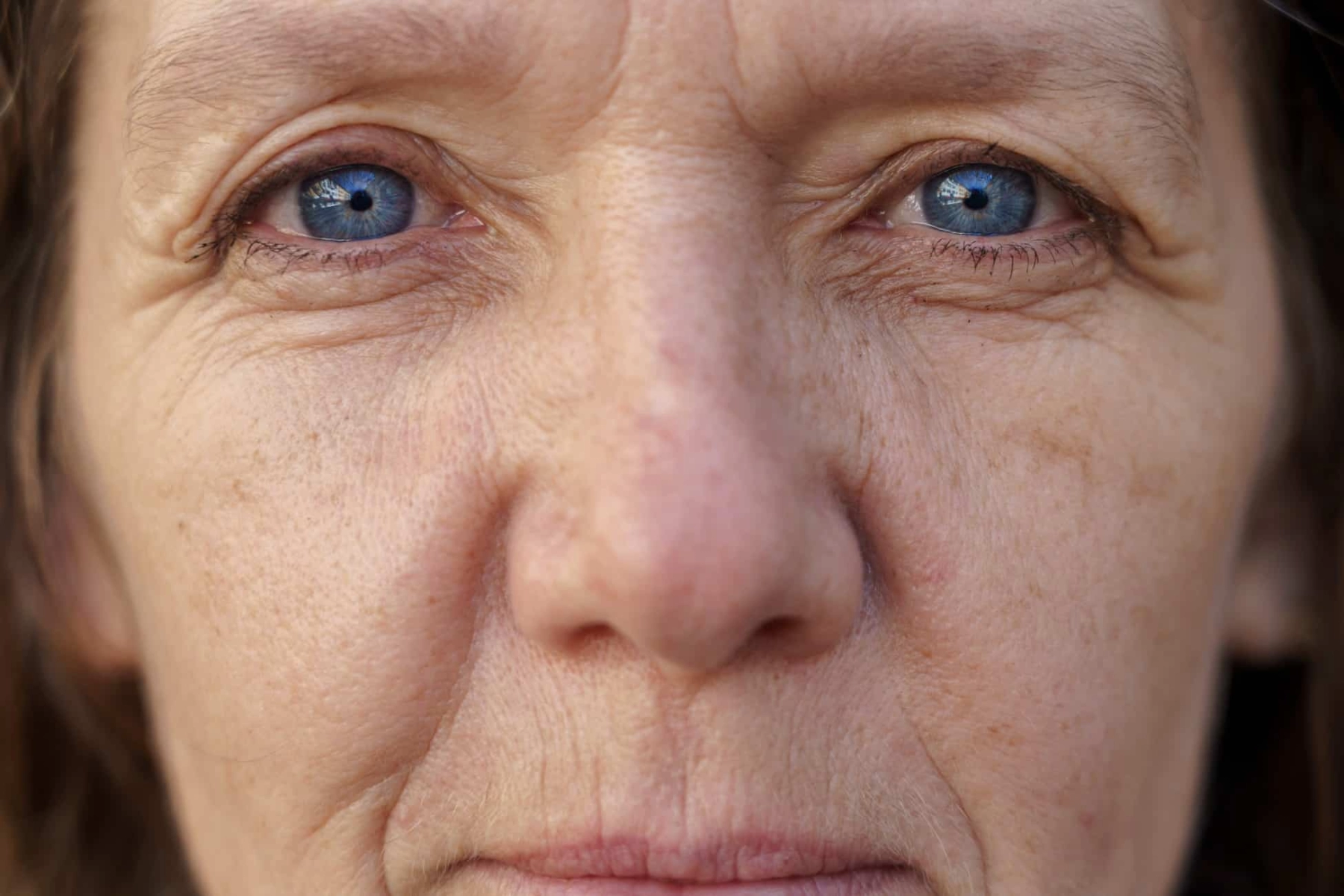Chrissie Reveals Her Transformation with Non-Surgical Facelift – A Radiant New Look
Chrissie, an elegant and confident woman in her mid-50s, embarked on a journey towards revitalizing her appearance and embracing the beauty of aging gracefully. She wanted to explore innovative options and agreed to be a model at a workshop about non-surgical facelifts at Satini Cosmetic Clinic.
Dr Nadja Haub at Satini Cosmetic Clinic meticulously explained the science behind non-surgical facelifts to her fellow nurses and doctors. Chrissie felt that she was in good hands and had a facelift performed by one of the trainees under the supervision of Dr Nadja Haub.
Chrissie with Dr Nadja Haub and RN Tracey at the workshop
Chrissie during her non-surgical facelift
Here’s a general overview of the procedure in steps:
Consultation:
The process begins with a consultation with a qualified medical professional, doctor or nurse. During this consultation, you’ll discuss your goals and concerns, and the doctor will assess whether you’re a suitable candidate for a PDO thread lift.
Preparing for the Procedure:
On the day of the procedure, your doctor will clean your face and mark the areas where the threads will be inserted. Local anesthesia or numbing cream may be applied to ensure you are comfortable during the procedure.
Inserting the Threads:
Small incisions are made strategically, often in the hairline or natural creases of the skin, where the threads will be inserted. Pre-loaded onto thin needles, the doctor carefully places the PDO threads beneath the skin using a specialized technique.
Anchoring and Lifting:
The threads have tiny barbs or cones along their length that allow them to anchor to the tissue and create a lifting effect. As the threads are inserted and gently pulled, they lift and reposition the sagging skin, achieving the desired lift.
Trimming Excess Threads:
The doctor will trim any excess threads once they are in place and the desired lifting effect has been achieved. The incisions are typically tiny, and most of the time, you will require no sutures to close them.
A few photos before and after the non-surgical facelift
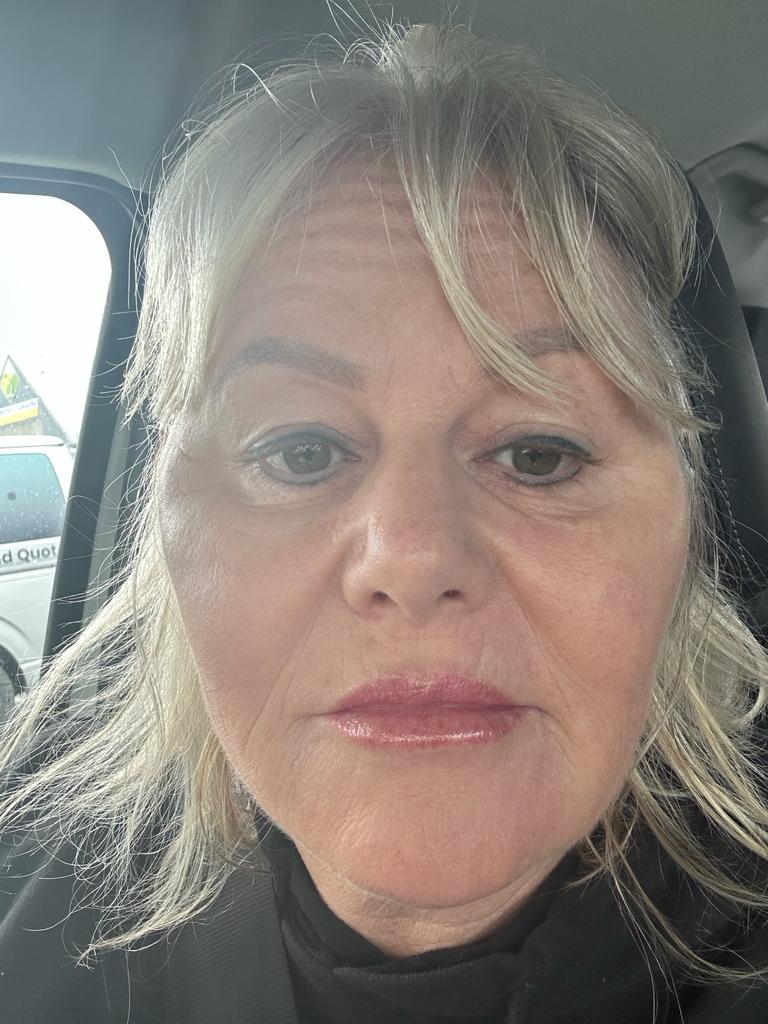
Chrissie one day after the non-surgical facelift. She still has a bit of swelling on both sides of her cheek, which resolved after a few days. On top of that, she had mild bruising that she covered with make-up until it went away after a week or so.
The lines between her nose and the corners of her mouth appeared nicely lifted, and she also noticed a general lifting effect on her face.
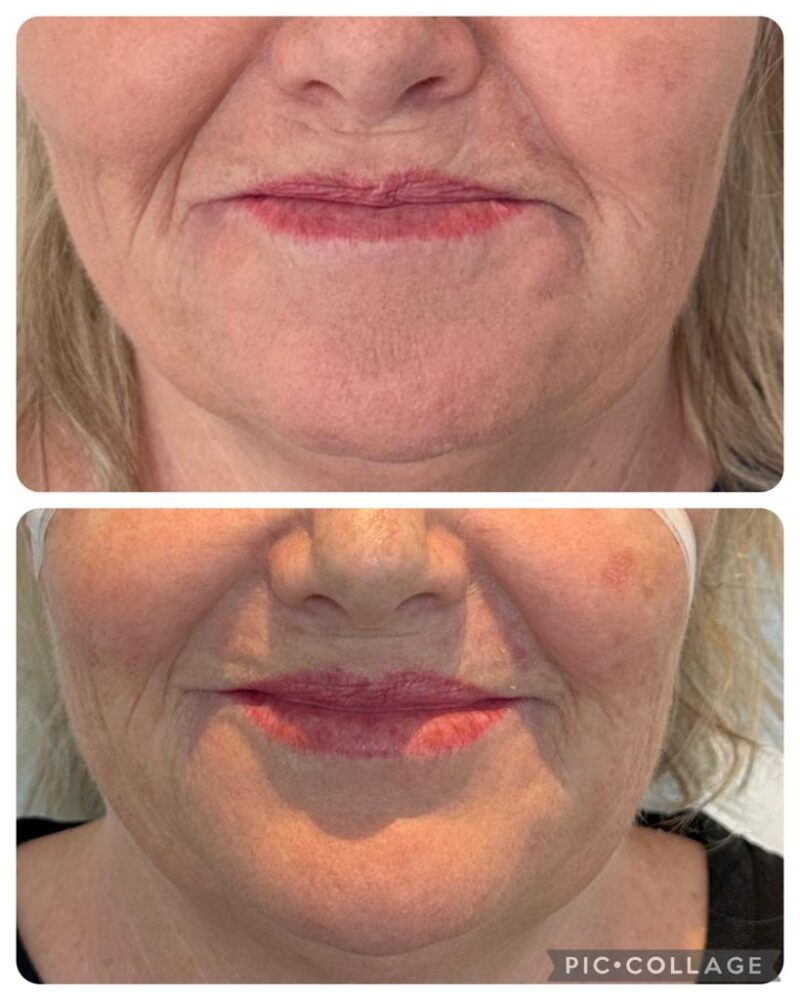
What happens to the threads after the non-surgical facelift?
The Dissolving of The Threads:
PDO threads are made from a biocompatible material that naturally dissolves over time. As they dissolve, they stimulate collagen production, which helps maintain the lifting effect and improves skin texture.
Gradual Lifting of Your Face
Over the following weeks and months, you’ll notice gradual skin tightness and contour improvements. The results of a PDO thread lift can last anywhere from several months to over a year, depending on individual factors and the number of threads you have.
What was the non-surgical facelift workshop for?
The landscape of medical and cosmetic procedures is constantly evolving, and practices and trends change at lightning speed. Due to that reason, Dr Nadja Haub organises regular workshops and meetings with other colleagues to maintain and update her skills. This will ensure you receive the best service and the highest standard of skill when you have a non-surgical facelift.
Our workshops teach practitioners the proper techniques and skills to perform non-surgical facelift procedures effectively and safely. Hands-on training sessions are a part of these workshops. Our popular workshops provide a platform for professionals in the field to network, exchange ideas, and collaborate on research and innovations related to non-surgical facelifts.
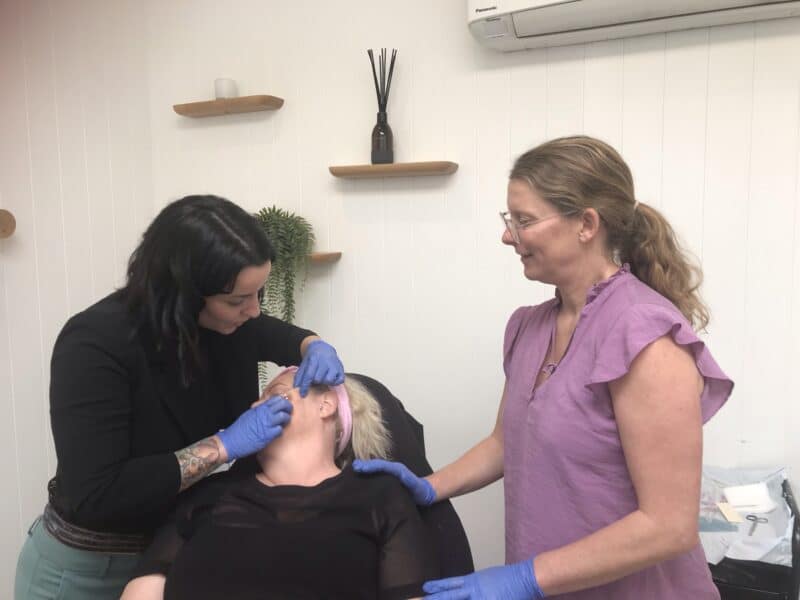
Book Your Appointment
If you want a non-surgical facelift, please get in touch. Dr Nadja Haub will carefully assess your face and ensure you are a suitable candidate for this procedure.
Chrissie is the proud CEO and owner of the TruYou Clinic based in Whangarei, Gisbourne and Keri Keri. If you want more advice or consider having a non-surgical facelift by Chrissie, a very experienced registered nurse performing facelifts and all other state-of-the-art cosmetic procedures, get in touch here.
A PDO thread facelift is a non-surgical cosmetic procedure that aims to lift and tighten sagging facial skin using PDO (Polydioxanone) threads. PDO threads are medical-grade sutures used for years in various medical applications, including surgery.
During a PDO thread facelift, these threads are strategically inserted beneath the skin using a thin needle or cannula. Once in place, the threads are gently pulled to create a lifting and tightening effect on the targeted areas of the face. The threads also stimulate collagen production, which further improves skin elasticity and texture over time.
There are two main types of PDO threads used in thread facelifts:
- Barbed Threads: These threads have tiny, bi-directional barbs that grip the tissue and hold it in a lifted position. They are handy for areas with more significant sagging.
- Smooth Threads: These threads are not barbed and are often used to stimulate collagen production. They provide a more subtle lifting effect and are often used with barbed threads for enhanced results.
PDO thread facelifts are considered minimally invasive compared to traditional surgical facelifts. The procedure is usually performed in a doctor’s office or medical spa under local anesthesia, and it typically takes about 30 minutes to a couple of hours, depending on the extent of treatment. Recovery time is relatively short, with most people able to resume normal activities within a few days.
- Qualified Practitioner: The safety and effectiveness of any cosmetic procedure depend primarily on the skill and experience of the practitioner. You must see a qualified and experienced doctor to ensure a safe outcome.
- Patient Health: Certain medical conditions, medications, or allergies may impact the procedure’s safety. The doctor will review your medical history to ensure you are safe.
- Product Quality: The products used for the non-surgical facelift must be of high quality. It is crucial that your clinic sources the products from a reputable manufacturer.
- Side Effects and Risks: Bruising, swelling and redness are relatively common side effects. Rarely, the threads can get infected. Due to that, it is very important that you go to a clinic with high hygiene and safety standards. In very rare cases, more severe complications can arise. Sometimes, a thread can slip or change location. If you notice anything unusual or unexpected, it is important that you contact your doctor immediately.
The threads used for the non-surgical facelift are absorbable, meaning they resolve throughout 3 to 4 months. Over this period, the dissolving threads produce enough collagen and elastin in your skin to maintain and even enhance the lifting effects of the threads. Most people renew their threads after 12 to 18 months. Approximately 70% of people who had a non-surgical facelift are still happy with their lift after 12 months.
Yes, Dr Nadja Haub regularly teaches, trains and updates her skills. If you would like to watch other models, click here.
Yes. Most people return after 12 to 18 months if they notice that the result is starting to wear off. If you are unsure whether you should have another treatment or not, it’s best to see a trustworthy health professional.
Good candidates for a PDO thread lift may include:
- Age: PDO thread lifts are most suitable for individuals in their 30s to 50s experiencing mild to moderate skin sagging and wanting to address early signs of aging.
- Skin Laxity: Candidates with mild to moderate skin laxity or sagging, such as jowls, nasolabial folds, sagging eyebrows, or loose skin on the neck, may benefit from a PDO thread lift.
- Realistic Expectations: You should have realistic expectations about the procedure’s outcomes. A PDO thread lift provides noticeable but subtle results and is less dramatic than a surgical facelift.
- Overall Health: You must be in good general health. If you have any underlying medical conditions that could increase the risks associated with the procedure.
- Non-Smokers: Non-smokers heal and recover better after cosmetic procedures, including PDO thread lifts.
- Willingness for Non-Surgical Options: Individuals who want to avoid or postpone surgical procedures might consider a PDO thread lift as a non-surgical alternative.
- Facial Structure: Candidates with suitable facial bone structure and skin thickness are often better candidates for PDO thread lifts, as the threads need a stable foundation to anchor to.
- Limited Time for Recovery: PDO thread lifts usually involve minimal downtime compared to surgical procedures, making them appealing to candidates with busy schedules.
- Preventive Approach: Some younger individuals may choose to have PDO thread lifts as a preventative measure. This can address minor sagging before it becomes more noticeable.


